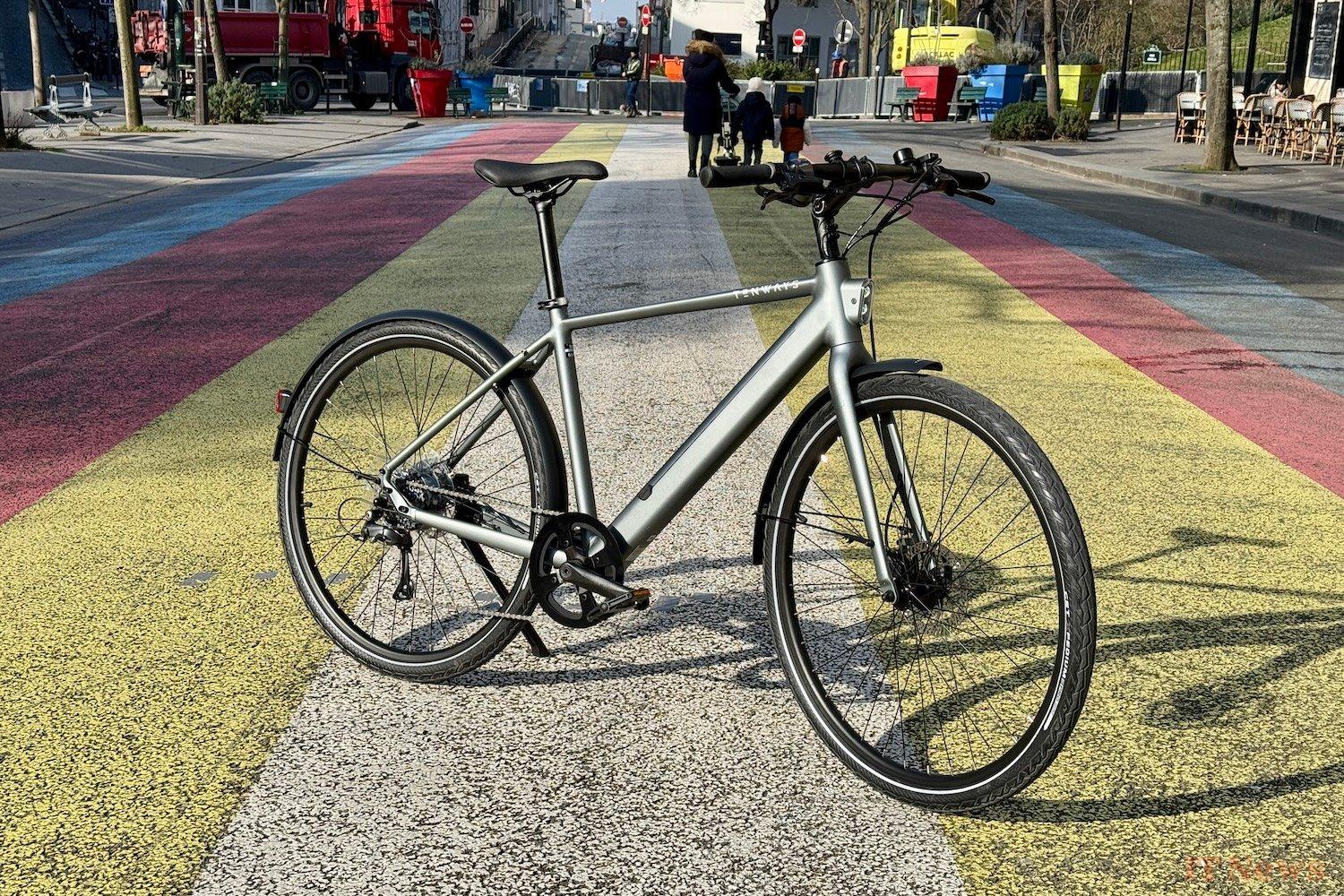Will a license and insurance soon be required to ride an electric bike? For now, regulations consider e-bikes to be treated like conventional bicycles. In this sense, they differ from electric scooters, unicycles, and other speedbikes. But this small detail, which allows e-bikes to avoid some constraints such as dedicated insurance or a specific license, could soon disappear. The reason? A regulatory change at the European level, starting in 2025, which could have the unfortunate consequence of making e-bikes considered electrified motor vehicles, like all others.
For the bicycle industry, this hypothesis would be simply disastrous. This is why professionals in the sector have been holding numerous meetings and speaking engagements for several weeks. The objective: to make concrete proposals to preserve the special status of e-bikes... and maintain sales. Even though Germany seems to be at the forefront of this persistent lobbying, the stakes are particularly high for the French bicycle industry, which has been weakened for months and whose latest official figures do not give cause for optimism.
The electric bicycle is not an electric vehicle like any other
The special status of the e-bike in European regulations can be summed up in these few words: "exception to Regulation 168/2013 on approval." In concrete terms, this exception to the rule is due to the fact that the driving characteristics of the e-bike are roughly the same as those of a muscle bike. In other words: the cyclist's activity, the act of pedaling, is necessary for the propulsion and driving of the electric bike.
This is what allows the e-bike not to require a license to be used, but also not to be registered to ride or to ensure that its user is covered by their personal or multi-risk home insurance.
This very special status is undermined by recent developments in electric motors. Although they are limited to 25 km/h of assistance, they are always more powerful (up to 750 W) and more "torquey". This race for power is believed to be the source of the risk weighing on the e-bike and its possible change of classification by the European Union.
Concrete proposals to protect the electric bike
To avoid a regulatory change that could have disastrous consequences, the bicycle industry is organizing.
In this fight, the ZIV, the German bicycle manufacturers' association, and CONEBI, the European bicycle industry confederation, are the guardians of the temple. Opposed to any change in the framework for e-bikes, they have gone a step further to guarantee the special status of the electrically assisted bicycle. Their proposals concern technical criteria which, if respected, would ensure that the e-bike remains sufficiently close to the classic, muscular bicycle.
The proposals of the two organizations are as follows:
- A maximum power of 750 W at the drive wheel
- An assistance ratio of 1:4 (up to 400%)
- An assistance ratio of up to 1:6 (600%) and a maximum speed of 15 km/h for cargo bikes.
- A total weight of 250 kg for a single-track electric bike (loaded).
- A total weight of 300 kg for a multi-track electric bike.
And the electric mountain bike in all this?
The attentive reader will no doubt have noticed that we have not addressed the specific question of electric mountain bikes so far. And for good reason, they pose an even more difficult question of conscience for the bicycle industry. Indeed, the race for power and torque mentioned above is particularly prevalent in the world of electric mountain bikes. This is what emerges from the latest developments of the sector's motor manufacturers, including for a newcomer such as DJI and its 120 Nm of torque. This is also the observation made by mountain bike professionals a few days ago, during a conference organized by the German magazine E-Mountainbike and which brought together the CEOs of the main players in the sector.
Here again, the obvious solution for professionals would be to legally limit motor power and agree on limits that should not be exceeded. Thus, Bosch, the market leader, would agree to raise the peak power limit to 750 W (its motors currently do not exceed 600 W and 250 W nominal power), but this proposal, although bold, already seems to be contested by some of the players, led by DJI. Its motor, Avinox, has a peak power cap of 850 W. Finally, while the debate is currently confined to manufacturers, there is no doubt that at some point it will be necessary to take the pulse of users. Are they ready to turn away from the race for power that they have so far favored? Will they do so more willingly if it allows them to avoid a license plate, a license, and insurance? One thing is certain: the future of e-bikes will be decided in the coming months.
Source: Bike Europe



0 Comments